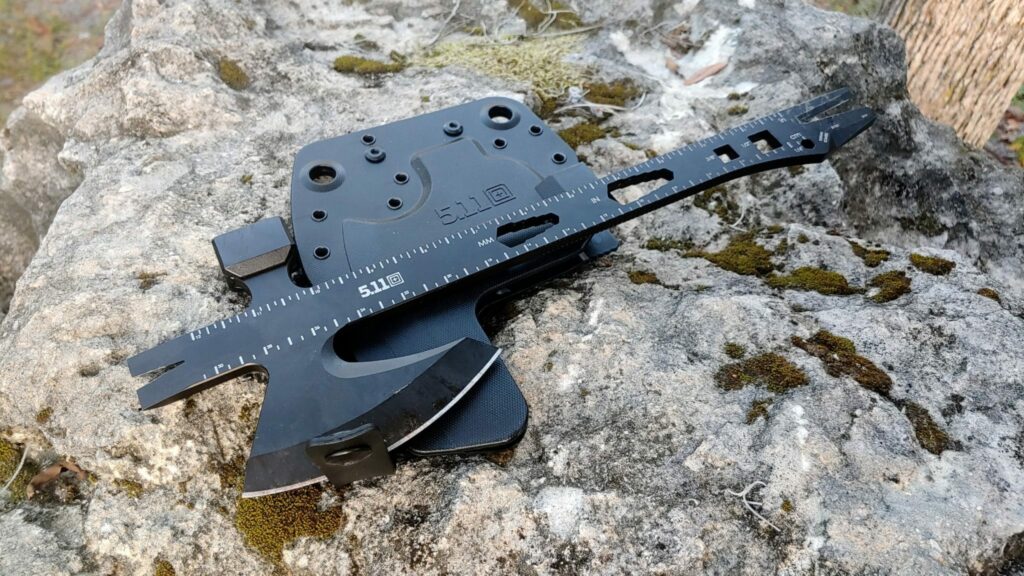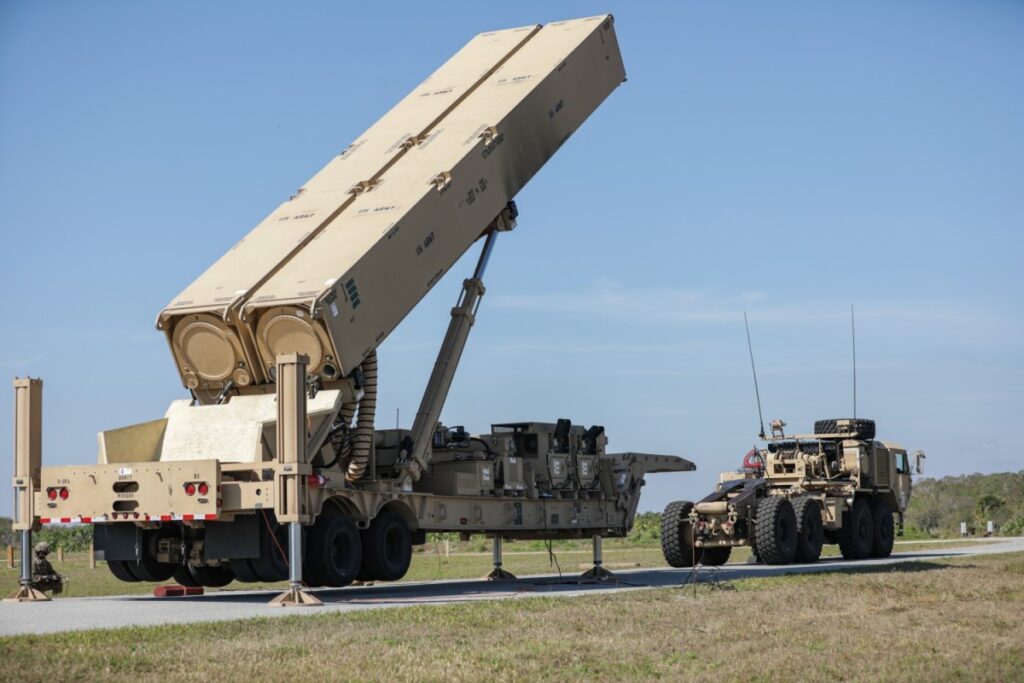The 5.11 Operator Axe is one of many handheld compact axes aimed at military service. The tomahawk, the hatchet, the ax, and other hand wielded cutting implements have a long history of service with the United States military. From official to unofficial use, small ax based tools have served in every war the United States has fought.
Throughout various entanglements, compact axes always popped up. The USAF issued a Crash ax to pilots; Navy Seals carry the Winkler Tomahawk into battle. You can find countless photos of GWOT warriors carrying tomahawks. Several Army units were even issued tomahawks as part of their “Class 9 rescue kit,” and that chosen tomahawk received an NSN number.
In 1756 Rodger’s Rangers were an unconventional unit with a series of rules, and rule number two was: Have your musket clean as a whistle, hatchet scoured, sixty rounds powder ball, and be ready to march at a minute’s warning.
The 5.11 Operator Axe might not have been around in 1756, but if it was, Rodgers would issue it.
The 5.11 Operator Axe History
The Operator Axe was designed by Kyle Lamb. Kyle Lamb is a former Delta Force soldier with a storied career, including the famed Blackhawk Down situation in Somalia. He based the Operator tool on a tool he used throughout various deployments. His original tool featured an ax head, a hammer, and a pry bar. The tip-top of the Operator Axe is topped with the same three tools. Albeit, this variant is much larger than Kyle’s original tool.

Kyle commented on how the tool was a tool and not a weapon. The same goes for the Operator Axe. I wouldn’t want to be on the bad side of someone swinging it, but it’s not made for that. It’s a tool that’s designed to work and not to fight.
Operator Axe – Break It Down
The Operator Axe packs a total of 24 functions into 15 inches of tool. The tool is 7mms thick and weighs one pound and 15 ounces. It’s not too hefty or obnoxious, and it can be easily carried in a pack.
The Operator Axe’s axehead is a nice long blade with a long beard. You can choke up on the hilt and get behind the blade for finer cuts. The pry bar can pop the top on a crate or pull nails out. The 21 mm hammer can drive nails or destroy whatever needs some brute force.

The handle has a ruler with both inch and centimeter measurements. Throughout the handle are numerous standard and metric bolt drivers. At the end of the Operator Axe is a metal cutting tool tough enough to cut through automotive doors and thin metal walls.
The handle is rectangular in design, and there are no attaching grip scales. The handle is jimped for extra grip, but other than that, it’s quite plain. The polymer sheath is very well done and provides protection for the sharp and sticky parts of the Operator Axe. The sheath also has a belt attachment that is also MOLLE compatible.

Used and Abused
Putting the Operator Axe through its paces was a fun slog. Admittedly it was a nice workout that showed just how tough the tool is. The tool is light, but there is enough heft to split light wood. It’s perfectly capable of ripping through both urban and rural environments.

The pry bar is perfect for ripping a door off its hinges or popping nails out of boards. It’s a robust little fella with some serious power behind it. The 15 inches of the tool gives it some leverage to drive and pry.

The 21mm hammer is far from a sledgehammer but will drive nails, break glass, and seems to be a sturdy attachment. If you need to smash glass or just beat the snot out of something, this will get the job done. The sheath covers the blade and pry bar but leaves the hammer exposed. This allows you to use the hammer without an axe blade facing you. This should prevent you from being an example during a safety brief.
That Metal Cutter
The metal cutter takes some energy to use but surprisingly cut through some old metal roof material I had around the house quickly. The key to using this tool is not expecting straight cuts. It’s just there to get you through the metal.

The drivers are all functional, but it takes a lot of twisting and turning to remove a bolt. You’ll be at it for a good bit. It might be easier, and certainly more tempting to just smash around the bolts.

The tools all function as expected. They can also take a heck of a beating and still hold up. By the time I was done, I was covered in sweat and exhausted, but the tool stood strong. The biggest downside is the handle. The straight rectangular handle offers no respite from impact, and it tires the hand quickly. It’s not comfortable for heavy tasks. That’s the compromise with such a lightweight and thin tool. I suggest wearing shooting gloves when approaching those chopping or hammering tasks.

Who Is It For?
The Operator Axe is a tool, and as a tool, it can be used in more situations than I’m willing to list. For the servicemember, it could be an excellent addition for field ops and deployments. The axe head will destroy roots when digging a fighting hole, the hammer will drive tent stakes, and the pry bar will make it easy to get through wooden crates. From breaching to search and rescue, the 5.11 Operator Axe moves beyond the typical combat arms application of a tomahawk and ensures it’s a useful tool in all austere environments.





